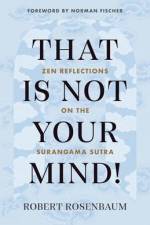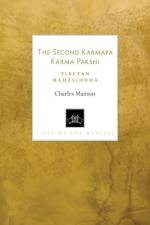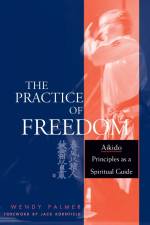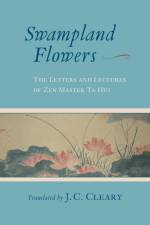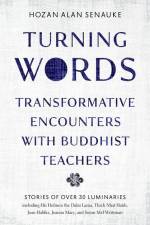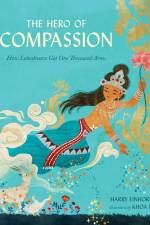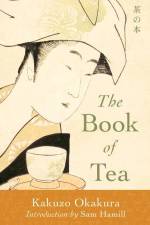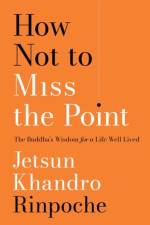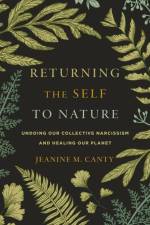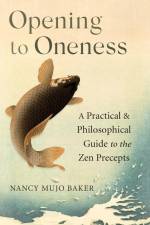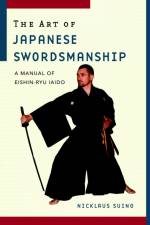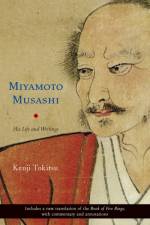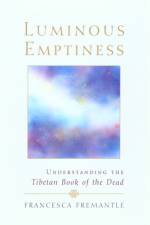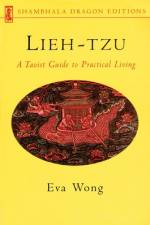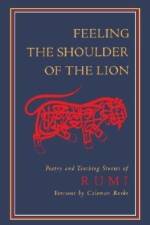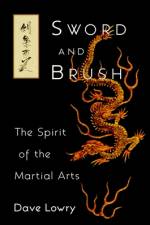av Hozan Alan Senauke
241
"A poignant portrait of spiritual relationship in the diverse worlds of American and global Buddhism. Across more than thirty-five years of Zen practice, teaching, and socially engaged Buddhism, Zen teacher Alan Senauke has had a range of remarkable encounters with Buddhist teachers and spiritual friends. In Turning Words, he collects stories of moments in which someone's words, actions, or presence opened his mind and heart in a new way. Touching on meditation, insight, social action, race, family, community, and more, these vignettes build like a chorus. The book's stories and accompanying photographs feature many of the greatest Zen teachers, engaged Buddhists, and global Buddhist leaders of our day, including Robert Aitken, Bernie Glassman, Joan Halifax, Shodo Harada, Dainin Katagiri, Jarvis Masters, Ven. Sheng Yen, and Sulak Sivaraksa-with a special section devoted to the teachings of Senauke's primary teacher, Sojun Mel Weitsman"--

